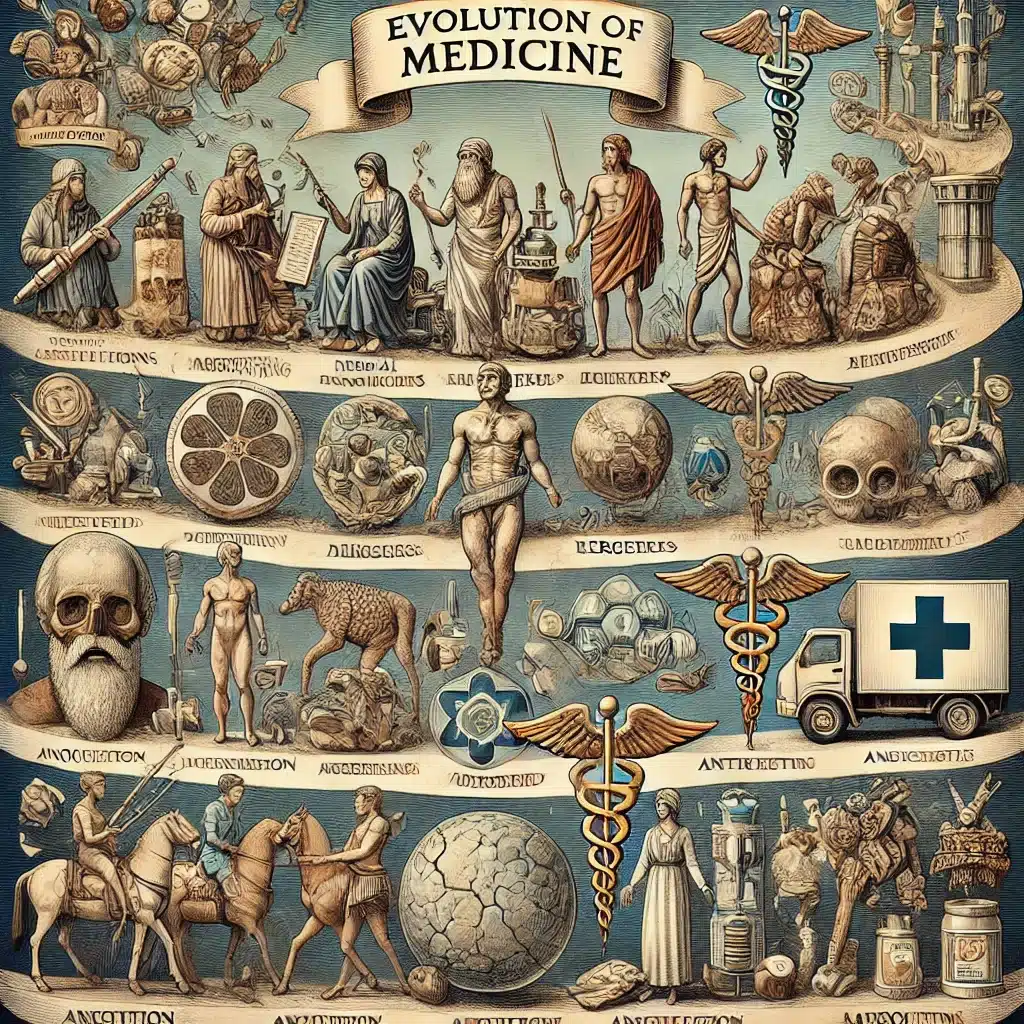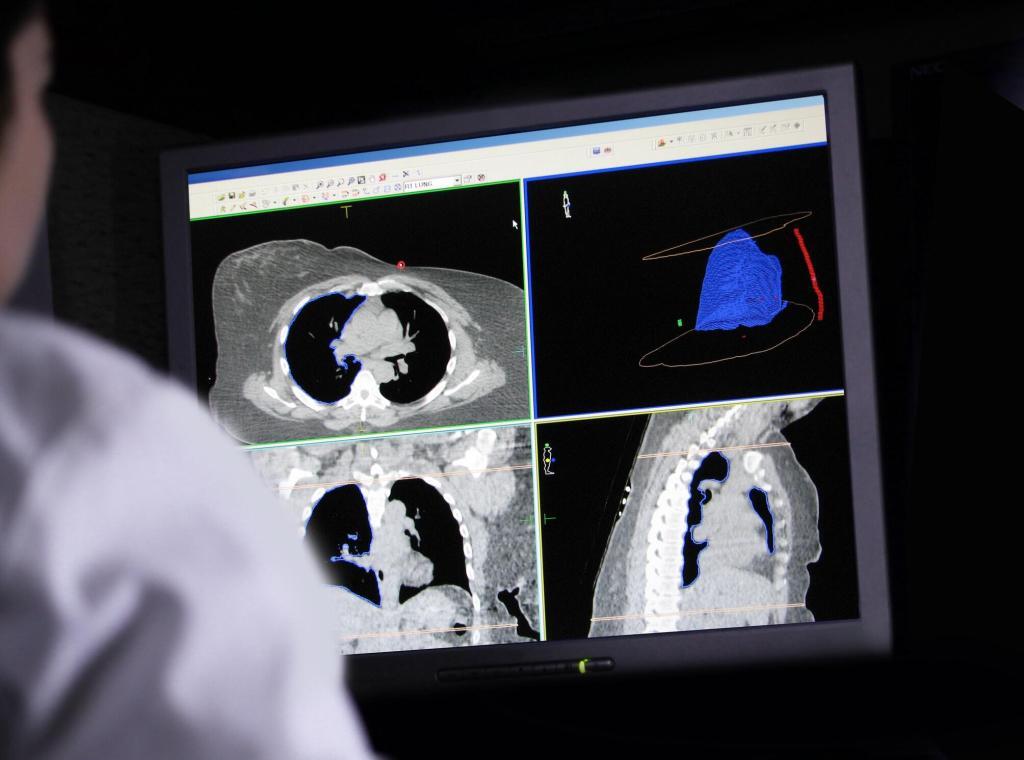Precision and skill are crucial components of the medical field. While many skills are needed, knot tying is one of the most important. Surgeons and medical professionals must master this key skill to perform medical procedures successfully. But can limited training methods help people learn this skill fully? This is where knot-tying simulators can help, offering an advanced learning method.
Why Knot Tying Matters in Medicine
Tying knots is not only a fundamental skill but is also necessary to secure the sutures for proper wound healing after surgeries. An improperly tied knot can cause problems, like infections or reopening of incisions. So, learning this procedure is essential for all surgeons or medical practitioners starting their careers. A knot tying simulator can help achieve competence through regular practice and technique improvement.
Limitations of Traditional Training
The conventional approach to teaching knot tying uses mannequins or is done as an observed procedure. As great as these techniques may be, they have some limitations. Due to limited access to practice material and expensive resources, perfecting suturing can be tough, especially learning how to stop bacterial and other accumulations in wounds. Also, due to patient safety issues, students frequently have limited possibilities of implementing their theoretical knowledge.
Introduction of Simulators
Recently, simulators for knot tying have become important in medical education. These devices let students practice fully, free from the confines of traditional methods. Simulators provide infinite opportunities for skill enhancement since they can be done in a safe and controlled environment.
Benefits of Using Simulators
Simulators offer several advantages. They provide a risk-free environment for students to practice. Tying these knots repeatedly can strengthen their muscle memory, a valuable tool in a surgeon’s knot-tying arsenal. Simulators usually have some kind of feedback system. Such systems provide personalised feedback to learners, indicating errors and areas for improvement. This kind of feedback is truly helpful in improving one’s skills.
Simulators are affordable and available. They can be used multiple times, which is impossible with physical models that need to be replaced. When on-demand practice is possible, you understand how much you have progressed and what skill level you have reached. Thus, it aids retention.
Enhancing Precision and Speed
Simulators can ensure precision and speed. By offering in-depth feedback, simulators allow learners to pinpoint problem areas. Eventually, this results in knots being tied quicker and with greater accuracy. When performing surgical procedures, speed and accuracy matter; time and precision can make or break a patient’s outcome.
Building Confidence in Learners
Confidence is key to medical training. Students who practice with simulators feel more confident about real-life procedures, knowing they have practised in a more controlled environment. That confidence comes through in real-life operating rooms.
Integration into Medical Curriculum
More medical schools have started adding simulators to the classroom. This integration allows students to learn through a holistic approach to real-world training. The use of both conventional and contemporary tools balances the learning experience for students. These combined teaching approaches give students the tools they need to navigate the difficulties of their jobs or other general challenges in the medical field.
Preparing for Real-Life Scenarios
Simulators offer an ideal context and lead people toward real-life situations, giving them the confidence and experience they need to handle real-life jobs. These tools replicate real surgical circumstances to help students navigate the intricacies of varied medical procedures. The simulation-to-practice approach provides solid practical education and exceptional preparation for learners to move seamlessly from simulated to real-world experiences.
Encouraging Lifelong Learning
Simulators facilitate continuous learning. Medical professionals must constantly reinvent their skills, and simulators allow constant practice. This is key to retaining skills and crucial to maintaining the standards of care expected in the healthcare sector.
Conclusion
Today, knot-tying simulators have become crucial to proper and adequate medical training. They help students overcome the limitations of traditional methods by providing a safe, inexpensive, and efficient way to practice. With the advancement of technology, simulators will continue to play a significant role in medical education. For medical students and professionals, these tools are an opportunity to improve skills and confidence. They help future doctors and medical practitioners offer patients top-notch medical care.
Disclaimer
The information provided in this article is for educational and informational purposes only. It is not intended as medical advice and should not replace formal training or guidance from qualified healthcare professionals. Readers should consult accredited medical education programmes and professional supervisors for proper surgical training and clinical practice.




